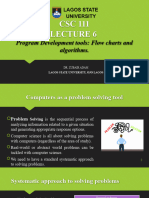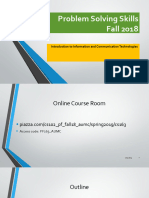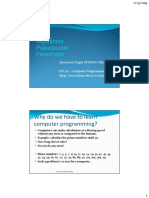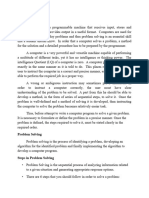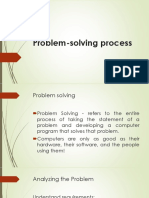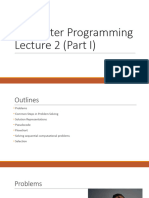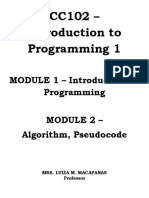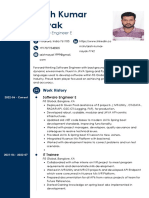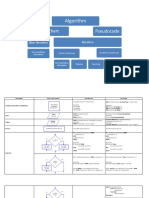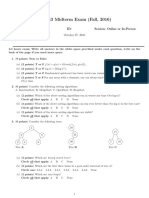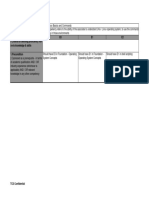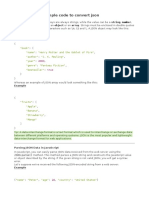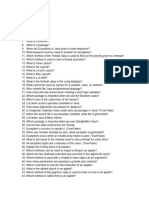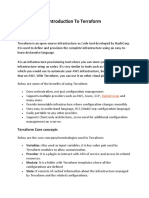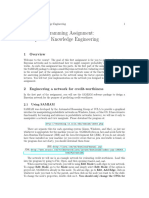0% found this document useful (0 votes)
24 views16 pagesProgramming Tools
This document discusses the systematic approach to problem-solving in computer science, emphasizing the importance of understanding the problem, formulating a model, developing an algorithm, and writing and testing a program. It introduces flowcharts and pseudocode as tools for representing algorithms and outlines the steps involved in programming and debugging. Additionally, it includes an assignment to reinforce the concepts covered in the lecture.
Uploaded by
familoyeanuoluwapoCopyright
© © All Rights Reserved
We take content rights seriously. If you suspect this is your content, claim it here.
Available Formats
Download as PPTX, PDF, TXT or read online on Scribd
0% found this document useful (0 votes)
24 views16 pagesProgramming Tools
This document discusses the systematic approach to problem-solving in computer science, emphasizing the importance of understanding the problem, formulating a model, developing an algorithm, and writing and testing a program. It introduces flowcharts and pseudocode as tools for representing algorithms and outlines the steps involved in programming and debugging. Additionally, it includes an assignment to reinforce the concepts covered in the lecture.
Uploaded by
familoyeanuoluwapoCopyright
© © All Rights Reserved
We take content rights seriously. If you suspect this is your content, claim it here.
Available Formats
Download as PPTX, PDF, TXT or read online on Scribd
/ 16
